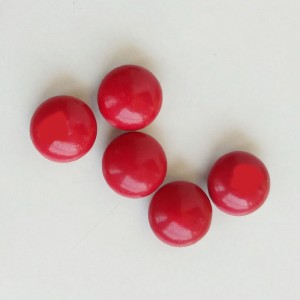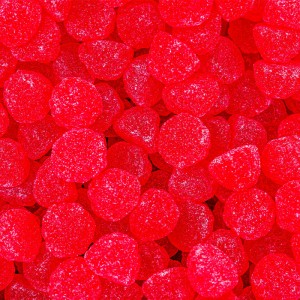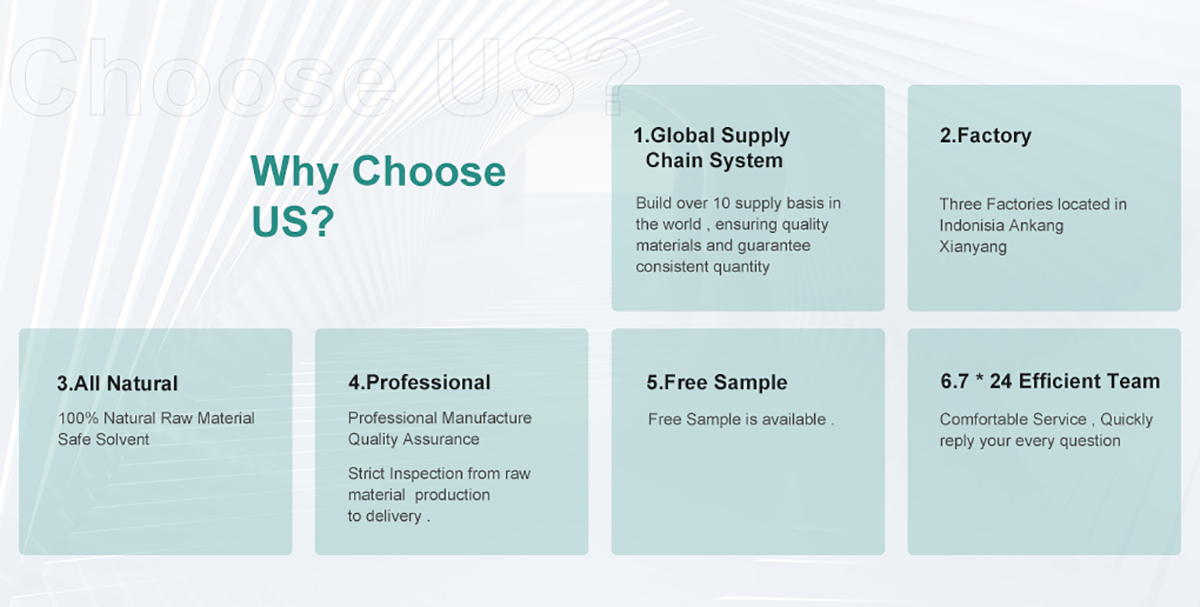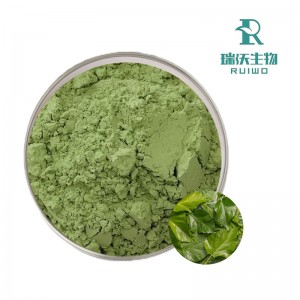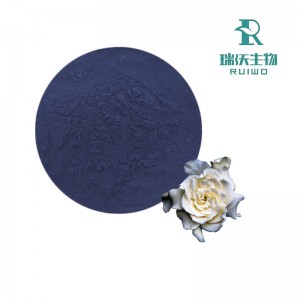Grape Skin Red Colorant
Grape-skin red colorant, also known as grape skin extract, is a natural anthocyanin-based colorant derived from grape pomace—the leftover skins after grape juicing or winemaking. The production process involves removing seeds and impurities from the pomace, followed by extraction with water or food-grade ethanol, filtration, concentration, and other refining steps.
Some products are further processed into powder form via spray drying with the addition of excipients like maltodextrin. Its core components include anthocyanin glucosides such as malvidin, peonidin, delphinidin, and petunidin-3'-glucoside, along with flavonoids. These compounds not only determine its coloring capacity but also contribute to its inherent antioxidant properties.
The physicochemical properties of grape-skin red colorant are distinctive: its appearance ranges from deep red to purple-red powder, with liquid and paste forms also available, accompanied by a slight characteristic odor. It is highly soluble in water, ethanol, propylene glycol, and other solvents but insoluble in fats, oils, and absolute ethanol. Its color is significantly pH-dependent—exhibiting a stable, bright red to purple-red hue under acidic conditions, shifting to blue in neutral environments, and turning unstable green in alkaline settings.
Additionally, it has limited tolerance to light and heat; prolonged exposure to strong light or high temperatures can cause color fading. In the presence of metal ions like iron and copper, it may darken to a purplish-brown shade, and it is prone to discoloration due to oxidation, with moderate coloring power and heat resistance overall.









